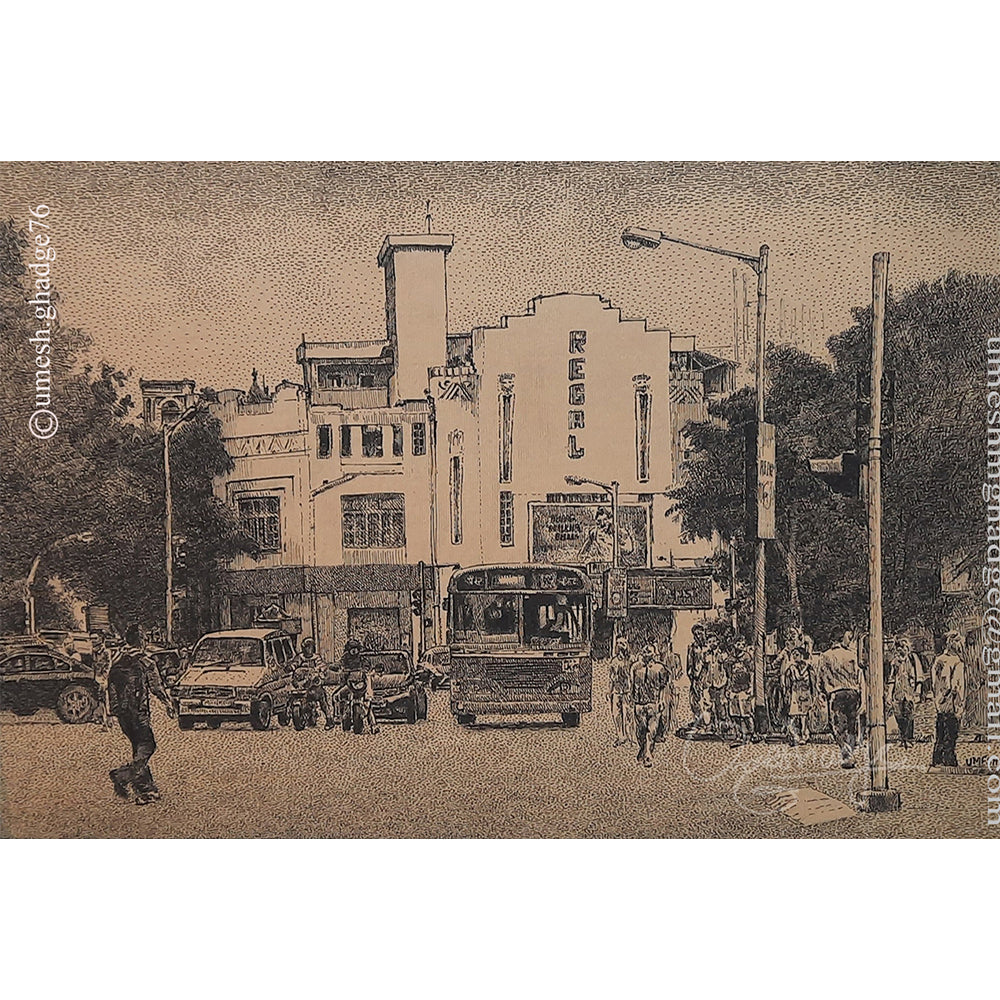What is Indian cultural art?
Indian culture paintings encompass a diverse range of regional styles, each rooted in local history, religion, and community life. These handmade Indian artworks are more than decoration; they’re living expressions of festivals, myths, and everyday rituals passed down through generations.
Major Traditional Painting Styles
- Madhubani art (Bihar): Characterized by intricate geometric patterns and bright natural pigments, Madhubani paintings often depict Hindu deities, nature, and marriage ceremonies.
- Pattachitra paintings (West Bengal & Odisha): Known for bold outlines, detailed mythological scenes, and vibrant colors, Pattachitra narrates stories of Jagannath, Krishna, and local folklore.
- Pichwai art (Rajasthan): Created on cloth, these temple hangings feature Lord Krishna’s life events in melodious pastels, often used as a backdrop for worship.
- Tanjore paintings (Tamil Nadu): Luxurious works on wooden panels, enriched with gold leaf, depicting gods and goddesses with ornate jewelry and expressive faces.
- Warli art (Maharashtra): Tribal white-on-red clay paintings using simple stick figures to portray daily village life, harvests, and celebrations.
- Gond paintings (Madhya Pradesh): Nature-inspired motifs, trees, birds, animals filled with dots and lines conveying the community’s deep bond with forests.
- Kalamkari (Andhra Pradesh & Telangana): Hand-painted or block-printed textile art with mythological themes, featuring fine pen work and natural dyes.
Why does Indian cultural art resonate?
These cultural paintings link us to India’s spiritual and social roots. A Pattachitra painting brings the devotion of Jagannath temple festivals into a living room. Madhubani art adds joyous energy and color, while Tanjore art elevates any space with its golden opulence. Warli and Gond paintings remind us of simple village joys and ecological harmony.
Materials and Techniques
Artists use traditional, eco-friendly pigments, turmeric, indigo, and madder, to achieve authentic hues. Surfaces range from cloth and paper to canvas and wood. Gold leaf in Tanjore work gives depth and brilliance. Natural brushes or nib pens create the fine lines of Kalamkari and Pattachitra. Every step grounding pigments, sketching motifs, filling colors, is done by hand, ensuring each original Indian artwork is unique.
The Cultural Journey Behind Each Piece
Many styles began as sacred or communal art, created by temple priests or tribal artisans. Over centuries, these arts evolved into household crafts, preserving legends from the playful charms of Krishna to the fierce grace of Durga. Displaying a Madhubani painting at home isn’t just aesthetic; it’s an act of cultural continuity, honoring the Mithila region’s women artists. Hanging Kalamkari art can reflect Telangana’s textile heritage and the ancient practice of storytelling through cloth.
Where to Display Indian Cultural Art
- Living Rooms: Large Tanjore paintings or expansive Pattachitra works create stunning focal points.
- Dining Areas: Vibrant Madhubani art or rhythmic Warli paintings add energy and conversation.
- Bedrooms & Meditation Corners: Serene Pichwai hangings and subtle Gond paintings foster calm and reflection.
- Offices & Studios: Detailed Kalamkari panels inspire creativity and connect modern workspaces to traditional craft.
- Entryways & Hallways: Small miniature paintings or folk art prints welcome guests with cultural warmth.
Legacy of Indian Culture Paintings
These handcrafted Indian paintings are not mass-produced. Each artwork is made by dedicated artisans who often learn their craft in family lineages or community cooperatives. Buying a Gond painting supports tribal livelihoods; choosing Tanjore art sustains temple traditions. Your purchase helps preserve these crafts and empowers local artists.
Caring for your Indian cultural art
- Dust Gently: Use a soft, dry cloth and avoid moisture at all costs. Do not rub the paintings.
- Avoid Direct Sunlight: Preserve natural pigments and prevent fading by not exposing them to direct sunlight. We recommend having a window or a curtain between them.
- Control Humidity: Protect the integrity of texture and color by avoiding humidity, as it causes mold, warping, and much more.
- Handle with care: These delicate handmade paintings reflect hours of skilled craftsmanship; kindly handle them with respect, as handling them roughly would be harmful.
Transform Your Space
Indian cultural art brings history, faith, and folklore into everyday life. Whether you’re drawn to the bold geometry of Madhubani art, the devotional grace of Pichwai paintings, or the golden glow of Tanjore work, each piece tells a story of a region, a festival, a belief. Transform your space with authentic, original Indian paintings that celebrate India’s endless cultural tapestry.








































